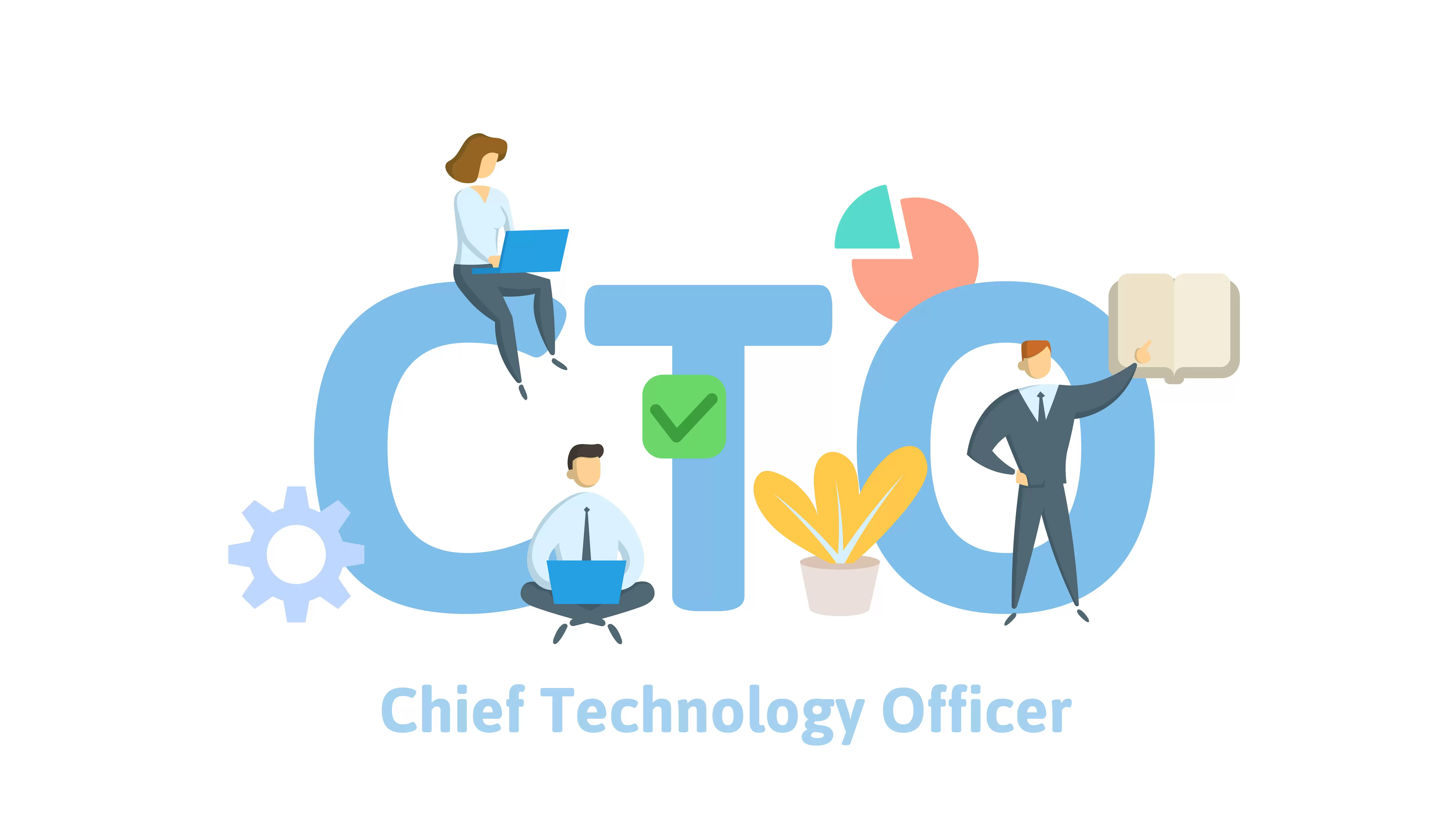
Pride Month is a time of celebration and a reminder of the importance of having inclusivity and acceptance in all areas of life. It is critical to establish an environment in the workplace that values diversity and encourages individuals to be themselves at work. Companies may not only attract and keep top personnel by promoting an inclusive workplace, but also build a culture of creativity, collaboration, and success. However, promoting an inclusive workplace is one thing, actually having one is different.
Continue reading to find out what steps you can take to make your workplace more inclusive!
Promote Awareness and Education:
To build an inclusive workplace, it is essential to promote awareness and education about LGBTQ+ issues and history. Organise workshops, training sessions, or guest speaker events to educate employees about the challenges faced by the LGBTQ+ community and the importance of creating a safe space for everyone. Encourage open dialogue, ask questions, and provide resources that foster understanding and empathy.
Implement Inclusive Benefits and Policies:
Review your company policies to ensure they are inclusive and supportive of LGBTQ+ employees. Consider implementing policies that prohibit discrimination based on sexual orientation or gender identity and provide clear guidelines for reporting any instances of discrimination or harassment. Additionally, you could offer inclusive benefits, such as healthcare coverage for same-sex partners, parental leave policies that encompass all types of families, and gender-neutral restroom facilities.
Encourage Employee Resource Groups:
Establish affinity or employee resource groups (ERGs) to serve the needs and interests of LGBTQ+ employees. These organisations can provide forums for advocating, networking, and support. Encourage membership in these groups and provide them with the tools and assistance they need to affect good change inside the organisation.
Promote Inclusive Language and Communication:
Language is essential in promoting inclusion. Promote the use of inclusive language in all communications with internal and external communications. Encourage staff to use their chosen pronouns and refrain from making assumptions about people's gender or sexual orientation. To ensure that all employees feel respected and valued, provide standards for using inclusive language.
Celebrate Diversity and Pride:
Pride Month is a fantastic chance to highlight diversity within your company. Plan celebrations and other events that honour the LGBTQ+ community and demonstrate your dedication to inclusiveness. To promote LGBTQ+ issues, consider hosting panel discussions, movie screenings, or volunteer events. Participate in Pride Month events with your staff to promote a feeling of community and celebration.
Support External LGBTQ+ Initiatives:
Engage in external LGBTQ+ activities to extend your support outside of the workplace. If you want to have a good influence on the community, consider supporting LGBTQ+ organisations, sponsoring local Pride parades, or providing volunteer opportunities for staff. By actively taking part in outside projects, you can demonstrate your support for the greater LGBTQ+ community and promote an inclusive culture outside of the four walls of the workplace.
An inclusive workplace must be continuously developed, which calls for understanding, and action. Embracing diversity is a chance to honour the LGBTQ+ community and reaffirm your commitment to inclusiveness, especially during Pride Month. By putting the suggestions discussed into practise, your company can create an environment where all workers can thrive, bring their complete selves to work, and contribute to a more creative and peaceful workplace. Let inclusion be a year-round commitment that improves your workplace culture and let Pride Month serve as an opportunity for positive change.
Understanding the Metaverse

What is the metaverse?
The metaverse is a hypothesized iteration of the internet as a single, universal and immersive virtual world that is facilitated by the use of virtual reality (VR) and augmented reality (AR) headsets. In simple terms, it is a virtual world where people can interact with each other and with digital content in a way that is more immersive and realistic than ever before.
Although the metaverse is still in its early stages of being developed, it has the potential to revolutionize the way we interact with the internet. In the metaverse, we could work, play, shop, and socialize in a completely immersive environment. We could also use the metaverse to learn new things, explore new places, and connect with people from all over the world.
How does the metaverse work?
The metaverse is made up of a number of different technologies, including VR, AR, and blockchain. VR headsets allow users to immerse themselves in a virtual world, while AR headsets overlay digital content onto the real world. Blockchain is used to create a secure and transparent way to store and track digital assets.
These technologies are combined to create a virtual world that is both immersive and interactive. Users can move around the metaverse, interact with each other and with digital content, and even create their own content.
What are the benefits of the metaverse?
The metaverse has the potential to offer a number of benefits, including:
Increased social interaction: The metaverse can make it easier for people to connect with each other, regardless of their physical location. This could be especially beneficial for people who are isolated or have difficulty socializing in the real world.
Improved communication: The metaverse can make it easier for people to communicate with each other in a more natural way. This could be especially beneficial for people who are deaf or hard of hearing.
Enhanced learning: The metaverse can be used to create immersive and interactive learning experiences. This could make it easier for people to learn new things and retain information.
Increased productivity: The metaverse can be used to create virtual workspaces where people can collaborate on projects and share information. This could lead to increased productivity and innovation.
New forms of entertainment: The metaverse can be used to create new forms of entertainment that are more immersive and interactive than anything that is currently available. This could lead to a more engaging and enjoyable experience for users.
What are the challenges of the metaverse?
The metaverse is still in its early stages of development, so there are a number of challenges that need to be addressed before it can become mainstream. These challenges include:
Cost: The cost of VR and AR headsets is still relatively high, which could limit the adoption of the metaverse.
Technology: The technology behind the metaverse is still evolving, so there are a number of technical challenges that need to be addressed.
Security: The metaverse is a new and untested platform, so there are a number of security concerns that need to be addressed.
Regulation: The metaverse is a new and evolving platform, so it is not yet clear how it will be regulated. This could lead to uncertainty and confusion for businesses and users.
The metaverse is a new and exciting technology with the potential to revolutionize the way we live, work, and play. However, there are a number of challenges that need to be addressed before it can become mainstream. Despite these challenges, the metaverse is a promising technology with the potential to change the world.

What does being Neurodivergent mean?
Neurodivergent is a term used to describe people whose neurological development and functioning differs from what is considered typical or "normal" by society. This includes conditions such as autism, ADHD, dyslexia, Tourette's syndrome, and others.
Being neurodivergent means that a person's brain functions, processes information, and communicates differently from the majority of people. This can result in a variety of strengths and challenges, as well as unique perspectives and experiences.
It is thought that about 15–20% of the population is neurodiverse. This includes up to 10% of people who are diagnosed with dyslexia, 6% with dyspraxia, 5% with ADHD and 1–2% with autism.
It's important to understand that having a neurodivergent personality is not a disadvantage or a bad quality. People who are neurodivergent can bring distinctive viewpoints and talents to the job, such as extraordinary attention to detail, outside the box thinking, and creative problem-solving skills.
The standard recruiting process may be a difficult and intimidating experience for many Neurodivergent people. For instance, it can be challenging to handle the flood of social cues and unstated expectations that frequently go with job interviews. As a result, despite having the talents and certifications required for success, many neurodivergent people are often overlooked or shut out of work opportunities. However, companies can help create a more welcoming and accepting environment for Neurodivergent people by making a few straightforward changes to the hiring process.
When posting a job:
Often, neurodivergent individuals may have difficulty understanding certain types of language or idioms. Therefore, when posting a job, it's important to use language that is clear, concise, and free of jargon or slang.
Start by taking a close look at them and making sure that the wording you choose to describe the skills and qualities needed for the position is straightforward and unambiguous. Avoid using terms that are confusing or disguised since it might mislead or put off applicants who are Neurodivergent.
Use different interview formats
Traditional interviews often focus heavily on social skills and small talk, which can be difficult for Neurodivergent individuals. You should consider using alternative interview formats, such as written or video interviews, that allow candidates to showcase their skills without being judged on their social skills or body language.
Companies may choose to use other interview forms that are more accessible to neurodivergent people in addition to textual or video interviews. For instance, some businesses have employed simulations or skills-based tests that let applicants show off their capabilities in a more real-world setting. Assessments of this nature might be particularly helpful for positions requiring specialised technical or analytical abilities.
Provide clear instructions
It's important to realise that neurodivergent people may struggle with executive function abilities including planning, time management, and task initiation. Without straightforward directions, these difficulties may make it difficult for individuals to perform pre-interview tests or assignments. Neurodivergent individuals often thrive in structured environments, so providing clear guidelines and expectations can help to reduce anxiety and allow them to focus on their strengths.
Be flexible
Neurodivergent individuals may have different sensory needs and may become overwhelmed by stimuli in their environment. For example, someone with autism may be sensitive to loud noises or bright lights, while someone with ADHD may have difficulty sitting still for long periods of time.
Companies may adapt the interview process to meet these demands in a couple of ways:
- Creating a calm and peaceful setting for the interview
- Allowing the use of sensory devices like noise-cancelling headphones or fidget toys
- Allowing candidates to wander around or take sensory breaks during breaks in the interview process
- Flexible schedule to meet the demands of the candidate
It's key to keep in mind that these modifications should be done individually and after discussing with the applicant. Also, companies should make sure that any modifications they make are fair and do not significantly change the job's requirements.
Provide feedback
After the interview process, giving candidates feedback after an interview can be very helpful for Neurodivergent people. Receiving feedback will assist them to recognise what they did well and where they need to improve because they may find it difficult to interpret the social signs and expectations in an interview. It might increase their self-assurance for future interviews and demonstrate the company's commitment to creating a welcoming atmosphere for all applicants. Feedback that gets delivered in a supportive and constructive way, pointing out areas for development while also praising their qualities. This might help the candidate to have good experience and feel more involved with the business.
By making these simple adjustments, companies can create a more inclusive and supportive environment for Neurodivergent individuals. Not only does this help to promote diversity and inclusion, but it also allows companies to tap into a highly skilled and often overlooked talent pool.
The Benefits of a CTO

The Benefits of a CTO
Technology is essential to the success of any organisation in the modern digital environment. Having a Chief Technology Officer (CTO) is becoming more and more crucial for businesses of all sizes as technology continues to advance.
What is a CTO?
A CTO is in charge of directing a company's technological strategy and execution. This involves overseeing the creation and introduction of new technologies as well as the upkeep and improvement of current ones. The CTO is also in charge of making sure that the business goals and the company's technological strategy are compatible.
Why is having a CTO important?
Strategic Planning
The creation and implementation of a technology strategy that is in line with the company's overarching business objectives is one of the key duties of a CTO. This entails finding and applying fresh technological solutions that can advance the business and keep it one step ahead of rivals. You can make sure that your business is utilising technology as effectively as possible by putting a CTO in place.
Innovation
In the busy business environment of today, innovation is essential. By investigating and applying new technology, a CTO can keep your business creative and help you stay one step ahead of the competition. You may continue to develop and flourish in your industry by staying ahead of the curve and being relevant.
Cost-Effective Solutions
A CTO may save your business money by locating affordable solutions to your IT requirements. They can assist you in finding areas where you may save expenses without compromising performance or quality. Long-term cost savings and increased profitability are both possible thanks to this for your business.
Technology Expertise
A CTO has the technical proficiency and understanding required to guarantee the efficient operation of your company's technological systems. They can resolve issues, pinpoint opportunities for development, and make sure your technology is safe and up to date. This can help your business avoid expensive downtime and guarantee that your systems are operating at their best.
Leadership
A CTO is also in charge of managing a group of IT specialists. They may offer direction and encouragement to make sure your team is operating successfully and efficiently. With improved outcomes for your business, this may keep your workforce inspired and productive.
In the modern digital environment, having a CTO is becoming more and more important. You can make sure that your business is utilising technology as efficiently as possible, remaining one step ahead of the competition, saving money, ensuring optimal performance, and inspiring your staff to succeed by putting a CTO in place.






